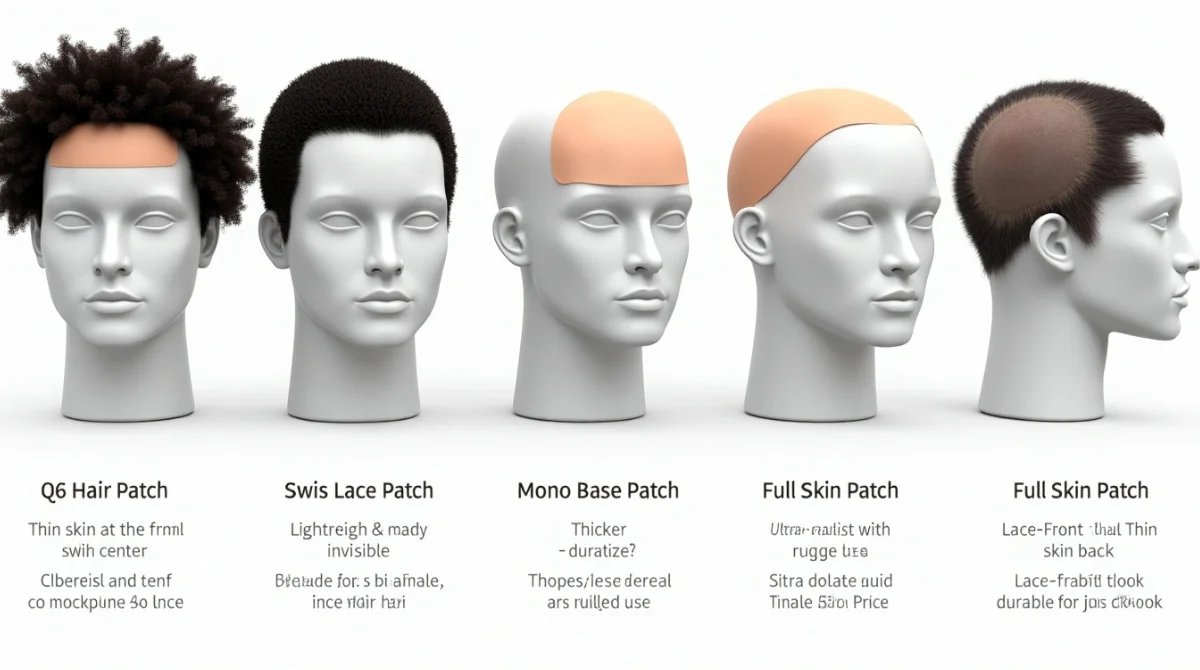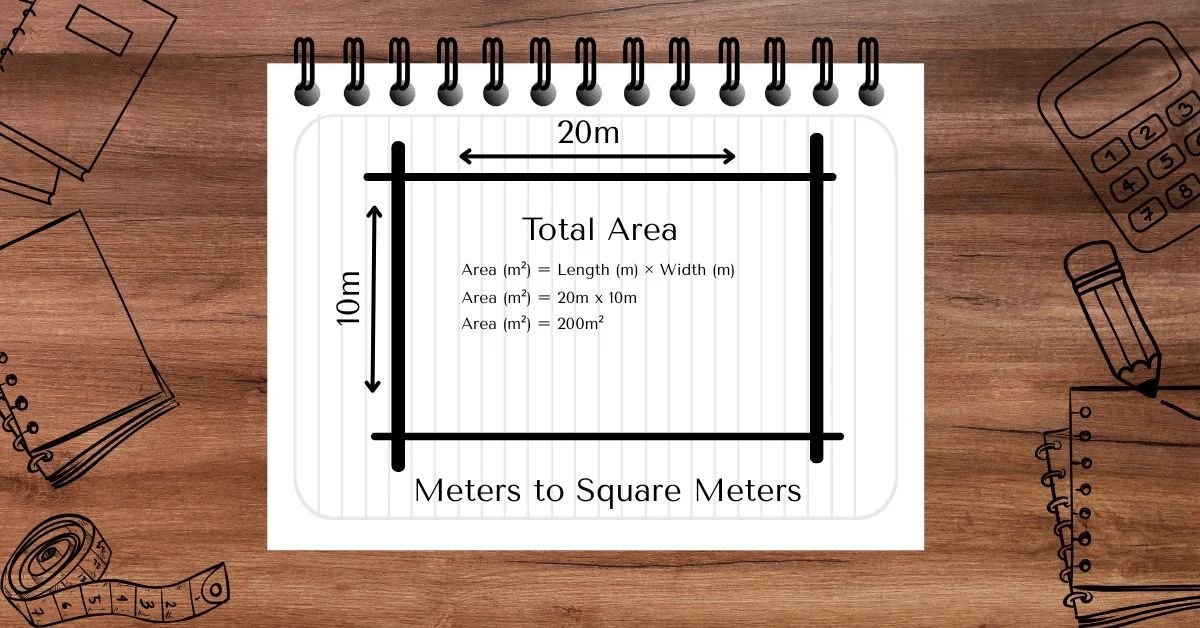4D hair is known for its tight coils and dense texture, often forming a Z-shaped pattern. This hair type is typically very dry and requires consistent moisture to stay healthy. Due to its unique structure, 4D hair can appear shorter than it actually is because of shrinkage. It’s essential to understand that 4D hair is delicate and needs gentle care to prevent breakage.
Key Characteristics of 4D Hair
Texture: Extremely coarse and tightly coiled
4D hair is the most tightly coiled of all hair types. The strands form sharp zig-zags or Z-shaped patterns instead of curls or waves. This makes the hair feel rough or coarse to the touch. Because the coils are so tight, the strands don’t clump together easily, which can make the hair look fuller but also harder to manage without the right care.
Shrinkage: Significant, making hair appear shorter
One of the most noticeable things about 4D hair is shrinkage. This means that the hair appears much shorter than it really is when it’s dry. For example, someone might have hair that’s 10 inches long when stretched, but it might look like only 4–5 inches when it naturally coils up. This is completely normal and is just how tightly coiled hair behaves.
Dryness: Prone to dryness; requires regular moisturizing
Because 4D hair is so tightly coiled, natural oils from the scalp have a hard time traveling down the hair shaft. This means the hair doesn’t stay moisturized on its own. As a result, it can feel dry, brittle, or rough if you don’t add moisture yourself through conditioners, oils, or leave-in products. Regular moisturizing helps keep the hair soft, flexible, and healthy.
Fragility: Easily breaks if not handled gently
Even though 4D hair looks thick or strong, it’s actually very fragile. The twists and bends in the strands make it more likely to break when you pull, brush, or style it too roughly. That’s why it’s important to treat this hair type with care using your fingers or a wide-tooth comb, detangling when it’s damp, and avoiding harsh tools or chemicals.
Daily Care Routine
1. Gentle Cleansing
4D hair needs to stay clean, but also needs its natural oils to stay moisturized. Using a sulfate-free shampoo once a week is the best way to remove dirt, sweat, and product buildup without drying out your hair. Sulfates are strong cleaning agents that can strip away natural oils, which 4D hair desperately needs.
On days when you’re not using shampoo, you can try co-washing, this means washing your hair with just conditioner instead. Co-washing gently cleans your hair and scalp while keeping it soft and moisturized.
2. Deep Conditioning
Every one to two weeks, it’s a good idea to use a deep conditioner. Deep conditioners are thicker and more nourishing than regular ones. They soak deep into the hair to rebuild strength and add extra moisture, which is exactly what 4D hair needs.
Look for products that contain natural oils like coconut oil, jojoba oil, or argan oil, these ingredients help keep your hair smooth and strong, and they work well with the natural texture of 4D hair.
3. Moisturizing
Because 4D hair dries out quickly, you should moisturize it every day. A good daily method is called the “LOC method”, which stands for:
- Liquid: Start with a water-based leave-in conditioner.
- Oil: Seal that moisture in with a natural oil, such as castor oil, olive oil, or almond oil.
- Cream (optional): Finish with a light cream to lock in everything.
This routine keeps your hair soft, shiny, and easy to manage throughout the day. Skipping this step can make hair dry, brittle, and hard to style.
4. Detangling
4D hair tangles very easily because of its tight coils. Detangling is important to keep your hair from breaking and to make it easier to style. But you must be gentle.
Never detangle dry hair this can cause a lot of breakage. Instead, detangle when your hair is damp, either after applying a leave-in conditioner or during conditioning.
Use your fingers or a wide-tooth comb, starting from the ends and slowly working up toward the roots. This method helps you work through knots without pulling or damaging the strands.
Styling Tips
1. Protective Styles
Protective styles like twists, braids, cornrows, or locs help keep your hair safe from things that can cause damage, such as harsh weather, constant touching, or over-brushing. These styles lock your hair in place so you don’t have to comb or style it every day, which reduces breakage and helps your hair grow healthier and stronger.
They also keep your ends tucked away, which is important because the ends of your hair are the oldest and weakest parts. Protective styles can last for a few days to a few weeks, depending on how well you maintain them, and they’re a great low-maintenance option for busy people.
2. Low-Heat Styling
While it’s tempting to use a blow dryer or flat iron to stretch or smooth out 4D hair, excessive heat is not your friend. High heat can damage the protein in your hair strands, leaving them dry, weak, and more likely to break.
If you do want to use heat (for example, for a stretched-out style or blowout), always:
- Apply a heat protectant spray or cream before using any hot tool.
- Use the lowest heat setting that still gives you results.
- Avoid daily heat styling give your hair breaks in between.
By using heat carefully and occasionally, you can style your hair without frying it.
3. Avoid Over-Styling
Styling your hair is fun and helps you express your personality, but doing too much can hurt your hair in the long run. Using too many styling gels, waxes, creams, or sprays can lead to product buildup, which clogs your scalp and makes hair look dull or greasy.
Also, constantly brushing, twisting, or pulling your hair into different styles can cause stress on the hair shaft, especially near the roots, and this might lead to thinning or breakage.
Try to:
- Keep styles simple and low-manipulation most days.
- Give your hair time to rest and recover between heavy styling.
- Wash your hair regularly to remove buildup from styling products.
Nighttime Care
Satin or Silk
When you sleep on a regular cotton pillowcase, the rough fabric rubs against your hair, which causes frizz, dryness, and breakage. But when you sleep on a satin or silk pillowcase, or wear a satin bonnet or durag, it reduces friction. This helps your hair retain moisture and keeps your style intact while you sleep. It also protects your ends from damage.
Moisturize
Before bed, it’s a good habit to lightly moisturize your hair with a water-based leave-in conditioner or a mist of water mixed with a little oil. This gives your hair the hydration it needs overnight, especially if you sleep in a dry room with fans or AC. Well-moisturized hair in the evening feels softer and looks better in the morning.
Common Mistakes to Avoid
Overwashing
Washing your hair too often might sound like a good idea, but it can actually cause problems. Frequent shampooing removes natural oils that your scalp produces to keep your hair moisturized. Since 4D hair is already dry by nature, overwashing can make it even more brittle and prone to breakage. Stick to washing once a week, or co-wash between washes if needed.
Dry Detangling
Trying to comb or pick through dry 4D hair can be painful and damaging. The strands are tightly coiled and need moisture to loosen up. Always detangle your hair when it’s damp preferably after applying a leave-in conditioner or during conditioning in the shower. This will help you avoid breakage and make the detangling process much easier.
Ignoring Scalp Health
Healthy hair starts with a healthy scalp. If your scalp is dry, clogged with buildup, or not properly cared for, your hair will suffer too. Take time to massage your scalp regularly this increases blood flow, which helps deliver nutrients to your hair roots. You can also use lightweight oils (like tea tree or peppermint oil) to keep the scalp clean and balanced.
Recommended Products
To keep 4D hair healthy, you should use products that work with your natural texture, not against it:
1. Shampoos
Choose sulfate-free shampoos made with natural ingredients like aloe vera, black castor oil, or tea tree. These gently cleanse your hair without stripping its moisture.
2. Conditioners
Deep conditioners are a must. Look for ones rich in oils like argan, almond, or avocado oil. These ingredients help repair, soften, and strengthen your strands.
3. Moisturizers
A good daily moisturizer should be water-based, so it actually hydrates your hair, not just coat it. Apply it to your hair after a shower or before going out.
4. Oils
Use natural oils like coconut, jojoba, olive, or castor oil to seal in moisture. They also help nourish the scalp and add shine. Just a few drops go a long way don’t overdo it.
Embracing Your 4D Hair
Having 4D hair is not a problem it’s a gift with unique beauty and strength. It just needs consistent care, gentle handling, and the right products. With a routine that fits your lifestyle and respects your texture, you’ll see your hair grow stronger, fuller, and healthier over time.
Most importantly, embrace your natural look. Whether you wear it short, in twists, or in a full afro, your 4D hair tells a story of culture, identity, and confidence. Wear it with pride it’s a part of who you are.
Hair Patch Technology for Men with 4D Hair
Hair patch technology is an advanced, non-surgical solution for men who are facing hair thinning or bald spots. Unlike wigs or hair transplants, a hair patch is a small, customized piece of hair (usually made from real human hair or high-quality synthetic fibers) that’s attached directly to the scalp using special adhesives or clips. It blends seamlessly with your natural hair and gives the appearance of a fuller head of hair.
Is It Suitable for 4D Hair?
Yes, hair patches can be custom-made to match 4D hair texture, including tight coils, curls, and natural volume. Many professional clinics now offer patches that blend perfectly with afro-textured hair so the patch looks natural and undetectable. If you’ve been dealing with traction alopecia, bald spots from over-styling, or hair loss from medical conditions, a hair patch could be a great option to restore your confidence.
Benefits of Hair Patches:
- Non-surgical: No need for painful or expensive hair transplants.
- Instant Results: You get fuller-looking hair right away.
- Custom Fit: The patch is shaped and styled to match your natural 4D hair.
- Low Maintenance: Once applied, you can treat it like your own hair wash, condition, and style as usual.
Things to Keep in Mind:
- Hair patches require regular maintenance you may need to visit a stylist every few weeks to reapply or clean the patch.
- Choose a reputable clinic or hair expert who understands 4D hair and can create a realistic match.
- Avoid poor-quality adhesives or DIY methods, as they can irritate the scalp or cause further hair loss if not applied correctly.
Types of Hair Patches

Q6 Hair Patch
- Material: Thin skin at the front with lace in the center.
- Look & Feel: Very natural and lightweight; blends well with most hairlines.
- Best For: Men who want a natural-looking front hairline and breathable comfort.
- Style Matching: Can be customized to match 4D curls and density.
- Maintenance: Needs to be removed and cleaned every 2–4 weeks.
Also Read: Q6 Hair Patch Technology: Redefining Hair Restoration
Swiss Lace Patch
- Material: Full lace base made with delicate Swiss lace.
- Look & Feel: Extremely breathable, natural, and nearly invisible.
- Best For: Men in hot climates or those with sensitive scalps.
- Style Matching: Great for matching tight curls and afro hair textures.
- Maintenance: Requires gentle handling and regular care to maintain durability.
Mono Base Patch
- Material: Mono (monofilament) material, slightly thicker and more durable.
- Look & Feel: Less natural than lace but longer-lasting.
- Best For: Men looking for a long-term, rugged option.
- Style Matching: Suitable for fuller 4D hair looks with higher density.
- Maintenance: Can last several months with proper care.
Full Skin Base Patch
- Material: Made completely from a thin polyurethane material (like skin).
- Look & Feel: Ultra-realistic scalp appearance; easy to blend.
- Best For: Men who want a sleek, smooth look and strong hold.
- Style Matching: Works with defined 4D curl patterns when styled correctly.
- Maintenance: Requires good ventilation and careful removal to protect the scalp.
Lace Front with Thin Skin Back
- Material: Lace in the front for realism, skin in the back for durability.
- Look & Feel: Natural front hairline with a secure fit.
- Best For: Everyday wearers looking for both style and strength.
- Style Matching: Can handle tight 4D curls and styled afros.
- Maintenance: Good balance of breathability and hold; easy to apply adhesives.
How to Choose the Right Patch for 4D Hair?
When selecting a hair patch for 4D hair:
- Choose a texture that matches your natural curl pattern (tight curls or coils).
- Pick a base material that suits your comfort (lace for breathability, skin for realism).
- Go for a patch density that matches your natural hair volume.
- Work with a professional stylist who specializes in afro-textured hair systems.
Conclusion
4D hair is bold, beautiful, and deeply rooted in culture, identity, and resilience. While it may require extra care due to its delicate structure and tendency toward dryness and shrinkage, understanding how to properly nourish and protect your hair can unlock its full potential. From the right wash routines to moisture-rich treatments and protective styles, taking care of 4D hair is more than maintenance it’s self-love.
And for those experiencing hair loss, modern hair patch technology offers a non-surgical, customizable way to restore not just your hairline but also your confidence. With options like the Q6, Swiss lace, or full skin base patches, there’s a solution that fits your hair texture, lifestyle, and style preferences. Best of all, these patches can be tailored specifically for 4D hair, preserving your natural look while offering a fresh start.
Whether you’re embracing your natural crown or enhancing your look with a realistic patch, remember: your hair is not a flaw it’s a feature. Treat it with the love it deserves, and wear it with confidence and pride.



